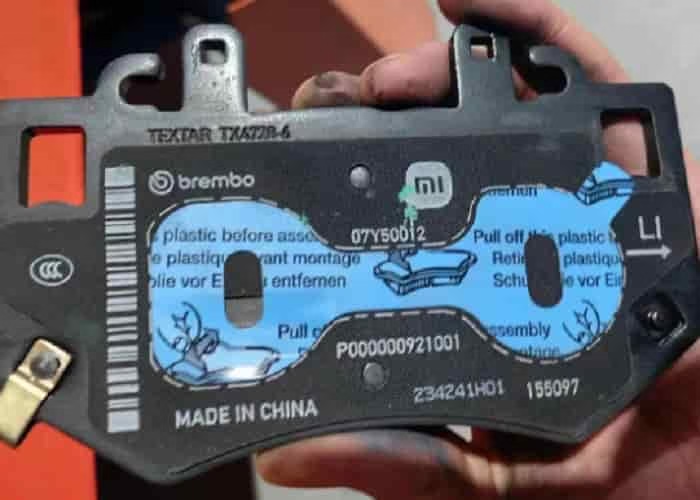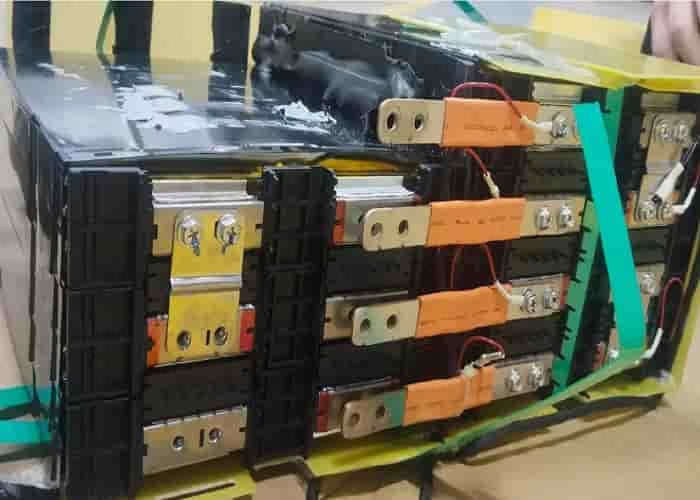According to media reports, the 2026 BYD Xia will debut on November 4th. The new model will feature laser radar and the Tian Shen Zhi Yan-B advanced intelligent driving assistance system, with pure electric range extended to 218 km. Drawing from BYD’s recent model releases, the 2026 Xia is expected to reduce fuel consumption during low-battery operation and enhance overall specifications.
The current model employs BYD’s Dragon Face design language. The new vehicle measures 5145/1970/1805 mm in length/width/height with a 3045 mm wheelbase and a turning radius of just 5.7 meters. It offers four trim levels, four exterior colors, and two interior color schemes. The pure electric range is 100 km/180 km. With a full tank and fully charged battery, the combined range can reach up to 1,060 km. The NEDC fuel consumption when running on gasoline is 5.3 L/100 km. The price ranges from 249,800 to 309,800 yuan.
On October 28, the “Proposal of the Central Committee of the Communist Party of China on Formulating the 15th Five-Year Plan for National Economic and Social Development” (hereinafter referred to as the “15th Five-Year Plan”) was released, charting the course for China’s socio-economic development over the next five years. The 15th Five-Year Plan proposal explicitly states: “Accelerate the development of strategic emerging industry clusters such as new energy, new materials, aerospace, and low-altitude economy.” Comparing this with previous documents reveals that “new energy vehicles” have been omitted from the list of “strategic emerging industries” for the first time since the 12th Five-Year Plan. Does this imply that new energy vehicles are no longer considered strategic emerging industries? Experts indicate that the guiding principles for the automotive sector now emphasize “high-quality development” and “structural policies.” This reflects the continued advancement of strategic emerging industries and signifies that China’s new energy vehicle sector has entered a mature phase. In the long term, the development of future industries such as low-altitude economy, new materials, and embodied intelligence will further enhance China’s overall competitiveness in technological innovation and industrial upgrading, from which the new energy vehicle industry will also benefit.
















Leave a Reply